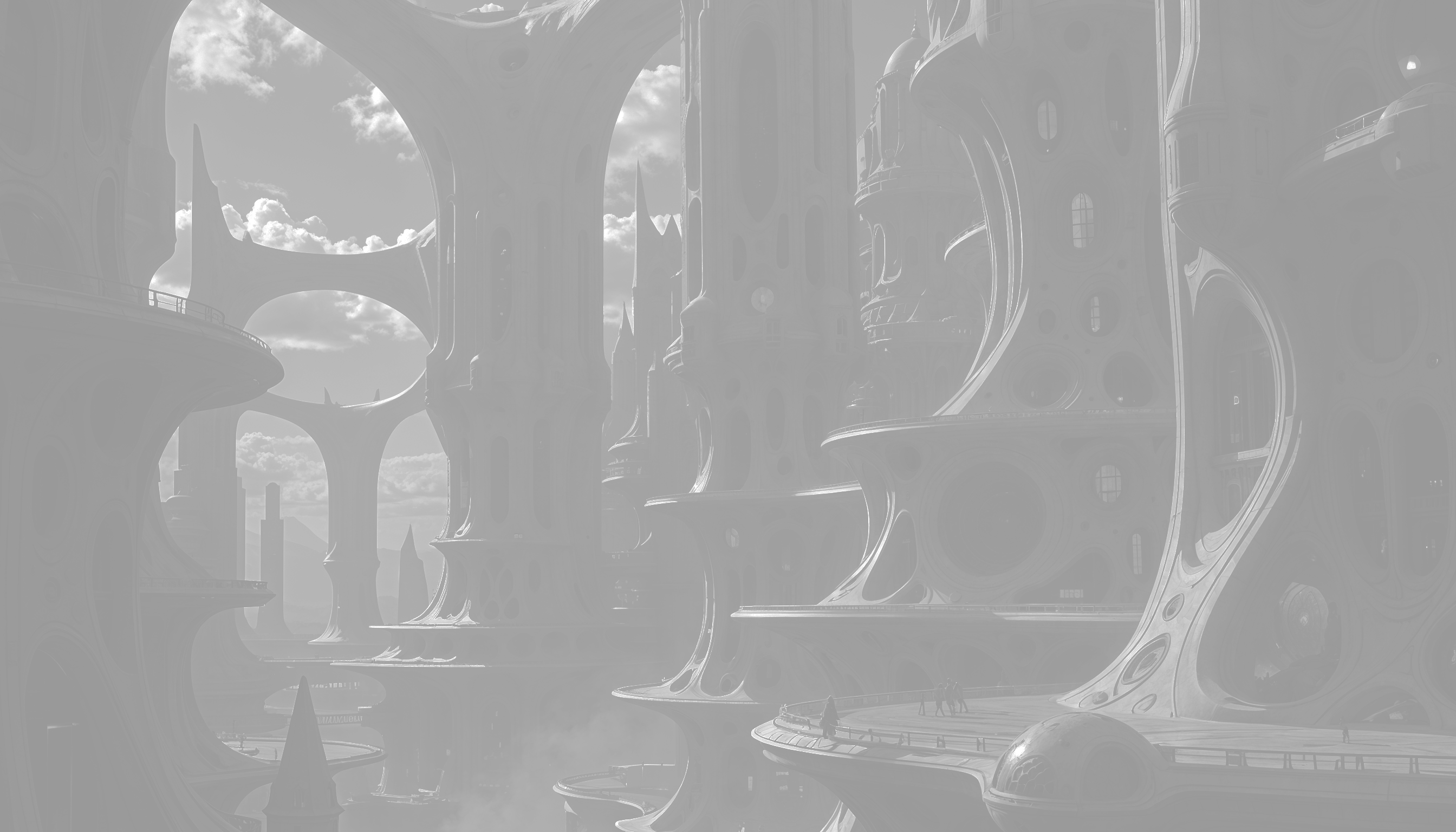How Composable Architecture and AI Are Shaping the Future of Enterprise Content Management
Enterprise digital leaders have long understood the appeal of centralized platforms in the form of the monoliths that promised cohesion, simplicity, and end-to-end control. But in 2025, those promises often come with trade-offs that are increasingly difficult to justify.
Customer expectations, omni-channel complexity, and the accelerating role of AI have already moved digital strategy towards a new direction. If your architecture still revolves around a couple of monolithic platforms that don’t integrate well, the risk is no longer theoretical: you are already lagging.
The Strategic Cost of Monolithic Platforms
Monoliths aren’t failing because they are inherently bad. They are failing because they no longer align with how digital marketing actually operates. Take a common example a team needs to launch a simple, but personalised campaign across web, email, and social media, but is blocked by rigid templates, centralised release cycles, or lack of API access.
Furthermore, in theory, a tightly integrated one-stop suite sounds more manageable. In practice however, enterprises find themselves locked into brittle roadmaps, vendor-driven constraints, and slow, expensive adaptation cycles.
Here’s what we see often:
- Limited agility: Experimenting with a new personalisation engine or integrating an emerging Martech vendor? Monoliths fight back with closed APIs, hardwired dependencies, and vendor bottlenecks.
- Vendor entrenchment: Innovation timelines are dictated by someone else’s quarterly roadmap, not your evolving needs.
- Escalating TCO: Extending, customising, or scaling the platform tends to increase hidden costs, which is often measured in months and millions and after five years of layered workarounds, it’s nearly impossible to untangle without a full rebuild.
- Innovation drag: The teams most burdened by the monolith are often the ones tasked with innovating the customer experience and instead of experimenting, they’re stuck navigating legacy constraints and firefighting platform issues.
The contrast is well explained when key non-functionals are compared head to head:
|
|
Monolithic Suite |
Composable Stack |
|
Flexibility |
Limited |
High |
|
Speed of Innovation |
Vendor-paced |
Team-paced |
|
AI Enablement |
Constrained |
Modular and evolving |
|
Vendor Lock-In |
High |
Low |
|
Operational Complexity |
Hidden, grows over time |
Transparent, manageable via orchestration |
|
Future-Proofing |
Risky |
Strategically resilient |
A Shift Toward Composability
The answer isn’t necessarily to tear everything down, but the architectural mindset needs to shift from systems of record towards systems of agility and orchestration.
Composable architectures offer a more modular, loosely coupled approach. Properly implemented, they allow digital teams to:
- Swap out components without disrupting business continuity
- Introduce best-fit tools in personalization, analytics and monitoring; AI-driven or not
- Align architectural flexibility with organizational agility
This isn’t about chasing trends. It’s about aligning your technology stack with how digital works today: cross-functional, multichannel, constantly evolving.
Composability isn’t a fad. It’s the new foundation.
AI Is Transforming Enterprise Content Strategy and Digital Experience
Artificial Intelligence is no longer an afterthought. It has become foundational to how content is created, reviewed, and delivered. Monolithic platforms struggle to keep pace and are often slow to adopt and to integrate. Composable architectures, by contrast, enable AI services to be embedded precisely where they add value:
- Generation: Assistive content generation, localisation, and variant production integrated directly into editorial workflows.
- Governance: Scalable review layers that apply tone, compliance, SEO / GEO, and brand checks at scale.
- Distribution: Intelligent delivery engines that adapt content across channels based on behaviour, context, and predictive signals.
Crucially, AI in a composable architecture can be introduced incrementally, tested in isolation, and swapped when better alternatives emerge. It can be reused across systems, which is often not the case when you are reliant on AI baked into a monolith, without further vendor lock in.
Enterprises Can Transition Without Replatforming
It’s worth acknowledging that some monolithic platforms still deliver value, particularly in workflow-heavy content operations where compliance, governance, and auditability matter. But the strategic posture needs to shift: treat the monolith as a utility, not a strategy.
What does that that shift look like?
- API-first thinking: Expose and integrate content and data for broader orchestration.
- Integration layers: Leverage middleware to manage complexity and connect services where this is needed.
- Composable augmentation: Surround legacy cores with modular, best-fit capabilities.
This lets you retain operational stability while opening the door to innovation.
The Cost of Digital Stagnation in Enterprise CMS
Many organisations postpone modernisation, believing their current architecture is 'good enough.' However, maintaining the status quo comes at a hidden cost.
Each day of delay compounds into missed market opportunities, operational inefficiencies, stalled innovation, frustrated teams, and failing morale; ultimately constraining both business growth and competitive advantage
Composability is not a silver bullet. It requires new governance models, tighter architectural discipline, and a mindset shift away from all-in-one thinking. But it is the only realistic path forward if you want to keep pace with evolving markets, customers, and technologies, especially in the age of AI.
Transition from Monolith to Composable Without Disruption
At Arcast, we are veterans in the content management space and have deep experience navigating complex enterprise stacks.
We help our clients evolve legacy platforms into agile, AI-ready ecosystems that are built for today’s content velocity and tomorrow’s digital demands.

